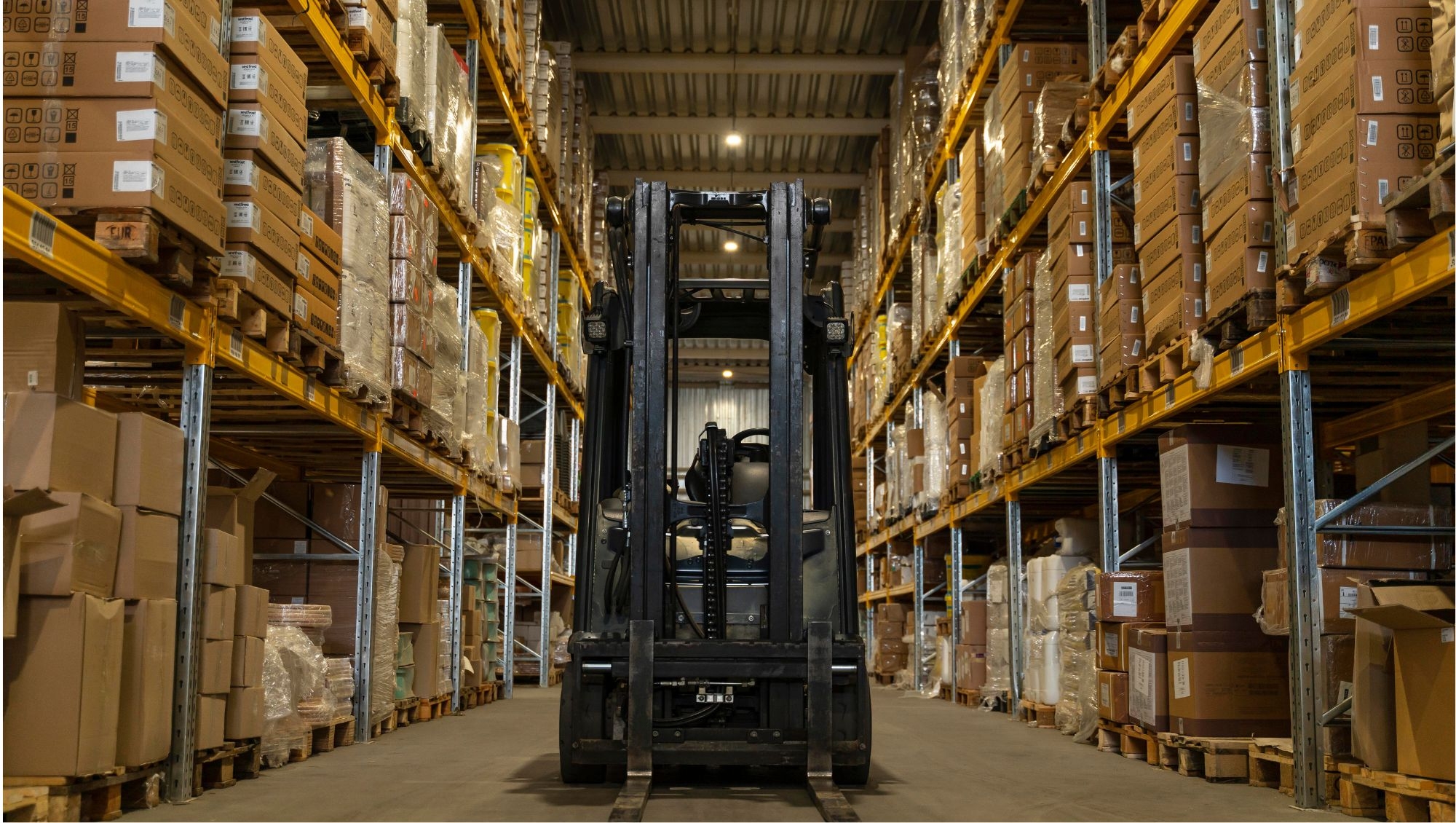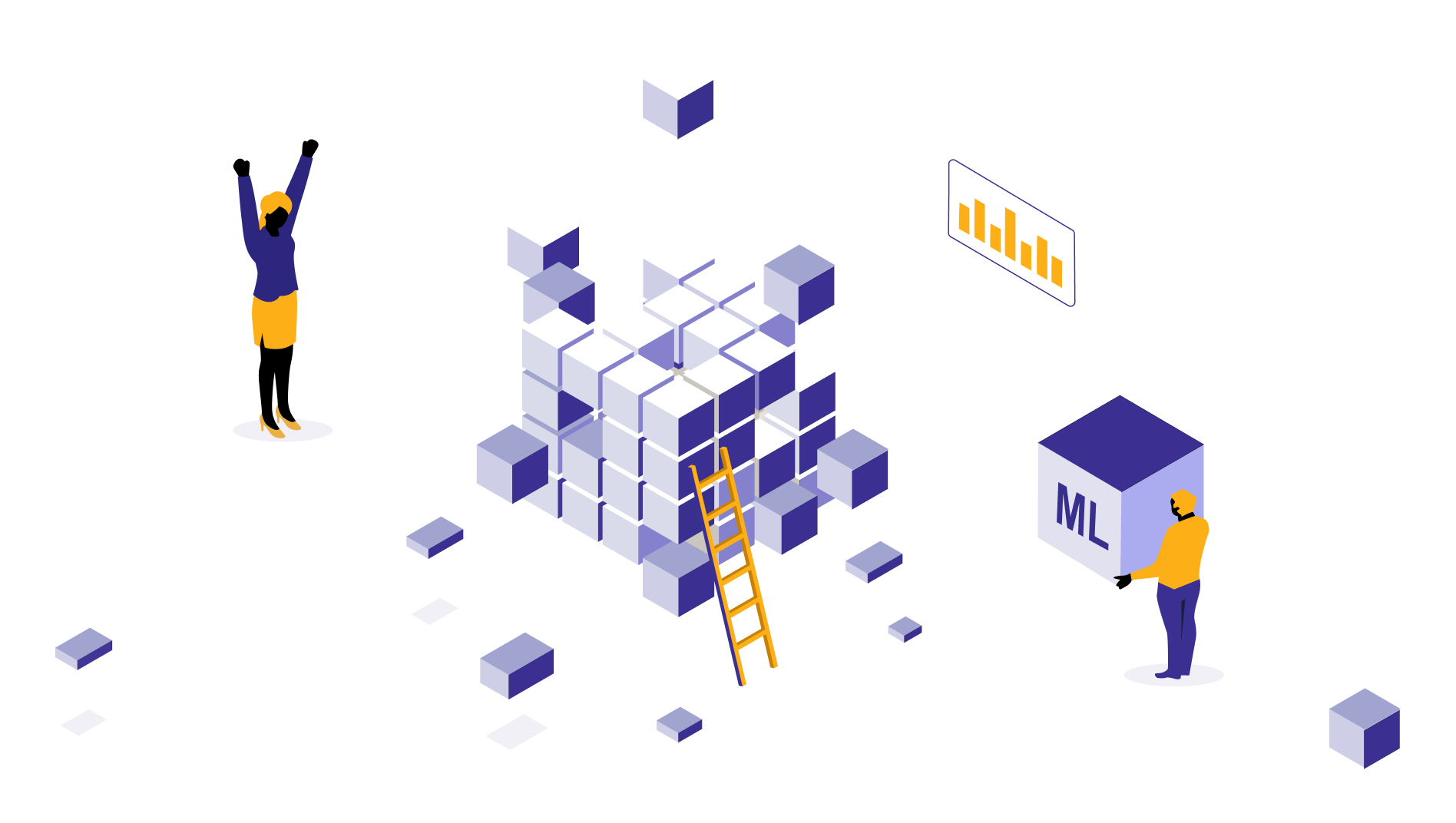How to predict supply chain disruptions?
Supply chain disruptions and how to be prepared to face them – especially industries like manufacturing, logistics, FMCG, manufacturing, and the like. Prevent critical delays that halt the flow of goods with our research-backed supply chain strategies.

Thulasi
Sep 1, 2025 |
10 mins

What are supply chain disruptions?
Imagine a manufacturing plant. The assembly team needs to ship the built components in 3 days, and they have been waiting for a week to receive a critical spare part shipment. That’s a good supply chain disruption example. This unexpected event that leads to break of goods flow or its possibility is called supply chain disruption. There can be many reasons to supply chain disruptions: logistics issues, unexpected demand surges, natural disasters, global crisis, or anything else. But the impact that this momentary disruption has over the business is tremendous – unhappy customers, lost revenue, increased spending, etc.
How can companies prepare for supply chain disruptions?
Whether natural or human-made, these disruptions are inevitable and hard to avoid. But how can companies stay prepared for such supply chain disruptions? That’s the question modern businesses are moving toward.
In simple terms, supply chain disruptions can be prevented by strategies like predictive analytics, inventory buffers, scenario planning, diversifying supplier base, etc.
Investing in advanced technologies and analytics
Most supply chain teams are wired to being reactive, where they respond only when terror strikes. But what if there is end-to-end visibility, where you can know where every shipment, product, and component is — in real time.
This can be achieved by implementing tech solutions like IoT sensors, RFID, cloud platforms, GPS tracking, etc. These are physical products. Here are solutions – advanced analytics, technologies, and solutions you can implement.
If you don’t have a large tech set up, you can start simply with cloud platforms, SaaS applications, business intelligence tools, and basic predictive analytics. This will help you find your base so your business can
See everything, everywhere, all at once
Predict disruptions before they hurt
Respond quickly, intelligently, and cost-effectively.
Collaboration with the teams
Supply chain disruptions don’t happen and end within a corner. It affects the entire cycle. Hence, working together is important. Yet most retail and logistics units are still in the lookout for a workaround on siloed functioning.
To collaborate and function together as one unit, there are many modern SaaS platforms, integrated vendor/partner portals that keep suppliers, distributors, and internal teams in sync.
Here are the ways to set up strong collaboration across teams for strong supply chain teams to function without disruptions:
Real-time or near-real-time data sharing across partners and vendors: This avoids disruptions because one party doesn’t know what the other is facing. Example: A sudden spike in demand can be noticed ahead to speed up replenishment and prevent stockouts.
Enable multi-tier visibility: this is where a company don’t just track its direct suppliers, but its suppliers’ suppliers as well. Here’s is a quick example. An auto manufacturer maps its semiconductor sources which is located in Taiwan. When factories in that region had to shut due to floods, they quickly move to secondary suppliers because they had visibility beyond tier-1 vendors.
Shared KPIs, protocols, and trust: Collaboration works not only when two teams use the same language and tools but track the similar KPIs and thrive on mutual trust and transparency. Conduct “what-if” simulations together and have shared KPIs to measure its success.
Inventory management
Bullwhip effect or ripple effect is common in supply chain, where even a small fluctuation in demand quadruple before they cascade upstream. Here's how smart inventory management can predict and prevent supply chain disruptions.
Safety stock and buffer strategies: Having stock cushions against shocks like strikes, delays, or demand surges is one thing. But how much is required and how much is needed for safety stock can be only predicted through predictive analytics.
Set up early warning signs: Let supply chain analytics tell you and flag sudden slowdown in supplier deliveries or disruptions, or anything that cause longer replenishment times. This way you can take measures to retain safety stock and not let shelves go empty.
Data-driven scenario planning: With POS + sales + seasonal data, any changes in the demand, how insignificant that can be, could be found. Use ML/AI based forecasting tools to predict exact demand so you can prevent stockouts and overstocking.
Track supplier consistency in real-time using automated dashboards. This can show late vs. on-time, full vs. partial shipments, and even let you compare the data across different suppliers.
Logistics optimization
GPS, IoT sensors, and TMS (transport management systems) has made it easier to know where your fleet is at. But how well are we utilizing them to create real-time visibility and be informed of possible supply chain breakdowns? Why disruptions adn delay still happen even with IoT devices and sensors.
Possible reasons could include improper capacity optimization, poor routing, relying on one mode of transport, no shared platforms, etc. Here's how proper logistics optimization can be done to predict and fix supply chain problems.
🚚 Dynamic routing -> AI-based systems that make dynamic routing and planning based on weather, road conditions, delivery schedules, time, and other factors.
🚚 Flexible with modes and carriers -> Optimized, multi-level and model logistics where there is no relying on single mode of transportation.
🚚 Shared platforms across stakeholders -> Common platforms that connect shippers, carriers, warehouses, and customers, where notifications and updates pass from one to another, reducing possible blindspots.
🚚 Aiming for zero idle space -> While there is no direct connect between truck space optimization and disruptions, idle space reduction can still help, allowing vehicles to carry maximum capacity and reducing cost and delivery attempts.
🚚 Having contingency plans and backups because issues always happen - alternate warehouses, carriers, cross-docking points, etc.
Sustainability
Risk and sustainability are indirect factors that help with staying ahead of supply chain disruptions. When there is a resilient and always-available backup for unpredictable supply chain components, it’s easier to sustain the journey. For example, relying on electric fleet and vehicle to cushion from sudden fuel price shocks. Here’s how sustainable practices ensure uninterrupted supply chain and faster production and deliveries.
Diversified and sustainable sourcing: Reduce geo-political risks, delays, and over-reliance on single suppliers through diversified and sustainable sourcing.
Supplier risk scoring: Rating suppliers on not just cost, delivery timelines, but also based on ESG (environmental, social, governance) and operational risks, so early intervention can happen when any risks are flagged.
Stable transportation through Electric fleets, optimized loads, and greener shipping.
Including environmental factors, a part of forecasting and prediction algorithms, which include climate, carbon regulations, resource scarcity, etc.
What industries are most affected by supply chain disruptions?
Industry | How it is affected by supply chain disruptions? | How it impacts them? |
|---|---|---|
Retail | The most affected industry by supply chain disruptions is retail. Especially with multi-channel functioning, increasing customers' expectations, and reputation being at stake with even minor delays. | Poor customer reviews Abandoned carts Personalized suggestions becoming obsolete due to lack of product availability. |
Manufacturing | With one process being connected to another, every bottleneck becomes a loss in dollars, halting assembly lines, causing quality issues, or maintenance breakdowns. | Higher downtime and delays Unable to reach production goals Supply chain becomes incomplete as one stop of it comes down. |
Logistics | Logistics often face disruptions in the form of transportation blockages, employee strikes, and unexpected breakdowns. One unavailability causes them to find last-minute alternative, which increases cost by 2 to 3x. | Increased spending Shortages in one region while being over occupied in other regions |
FMCG | Shorter product lifecycle and the need to ship them on time is higher than other products. Storage constraints, cold chain, proper packaging, and special requirements needed to be followed during supply chain cycle. | Even a short delay can cause products to go expired, leading to waste. Shelf space penalties Wasted capital on ad spending when product isn’t even available on shelves. |
How should companies use data to manage supply chain disruptions?
Disruptions are inevitable. But you can face them like a hero when you know how to predict them by using your data the right way.
Predict, not just react: Real-time data from POS, sensors, and suppliers can flag disruptions before they happen. For example, early alerts on delayed shipments give you hours or days to reroute, instead of weeks lost waiting.
Integrate sources for one truth: Sales, inventory, logistics, and supplier data often sit in silos. A unified view helps businesses see the real impact — whether a delay in one lane will cause stockouts in 5 stores or halt a production line.
Simulate & test: Data-powered digital twins let companies run what-if scenarios — “What if this port closes?” “What if supplier X misses a shipment?” — and prepare backup plans in advance.
Automate response: AI models can trigger actions automatically — reorder from alternates, adjust production schedules, or rebalance inventory across warehouses.
Final thoughts
Data and digital transformation aren’t simple steps. Hence a layered approach can help. You can use the approach below to know where you are at and what you need to do next.
Start with data consulting: The company needs to know where they stand. Consulting helps identify silos, gaps, and inconsistencies across supply chain data sources — from POS systems to supplier feeds.
Build with data engineering: Once mapped, data must flow seamlessly. Robust pipelines integrate supplier, logistics, and inventory data into a single source of truth, ensuring every decision is based on accurate, real-time inputs.
Bring clarity with analytics and visualization: Dashboards translate this complexity into action. Built specifically for retail managers, logistics heads, and manufacturing leaders, these charts show instantly bottlenecks, delays, and stock positions across the network.
Scale with AI: Finally, AI moves companies from descriptive to predictive. Models can forecast demand surges, recommend reroutes, or even simulate disruptions with digital twins, helping businesses prepare before problems spiral.
Having worked with clients across retail, logistics, manufacturing, and healthcare, we’ve seen that data doesn’t just explain disruptions — it helps prevent them from snowballing. It gives them the confidence to react and retract safely, surfing and weathering stormy tides with a certainty.



